About Thoran
A Thoran is a traditional dry veggie recipe, a specialty from the cuisine of Kerala. These can be made with a variety of finely chopped or grated vegetables like bitter gourd, yam, carrot, cabbage, plantains, various kinds of green beans, amaranth leaves, drumsticks or drumstick leaves. The Beans Thoran is also one of them. It is also known as ‘upperi’ in some regions of South India, and other than the vegetables, the basic ingredients include shallots, fresh grated coconut, curry leaves, mustard seeds, turmeric powder, cumin seeds or cumin powder, green chilli or dried red chilli and coconut oil. There are some variations in certain thoran recipes like addition of ginger, garlic, red chili powder, using onions instead of shallots, etc. In fact, we make thoran of all the vegetables mentioned above. Thoran is one of the dishes that is served in the grand, all-vegetarian Sadya, along with other dishes. A ‘sadya’ is a mighty feast where a vegetarian meal comprising of various dishes is served on a plantain/banana leaf. This is common during the festival of Onam in Kerala. Just like this Beetroot Thoran, any other thoran is also primarily vegan too. Since the spices used in a typical thoran preparation are subtle and the dish is simple, yet flavorful, it is also considered as hearty comfort food. Some of the thoran recipes I have shared are Beetroot Thoran, Cabbage Thoran, Ash Gourd Thoran and Vellarikka Thoran.
About Beans Thoran Recipe
For this recipe of Beans Thoran, I mostly tend to use the pearl onions or sambar onions. I love how this tiny variety of onions brings a distinct flavor in a dish. These are usually milder and even sweeter as compared to the larger red onions. Thus, work really well in this thoran preparation. Other ingredients for this Beans Thoran include garlic, green chilies, curry leaves, whole spices like mustard seeds and cumin seeds and turmeric powder. You can spike up the dish for more spice by adding more number of green chilies in it. As I also mentioned earlier, this dish is quite incomplete without the coconut in it. Be it the coconut oil, which is used as the cooking fat or the fresh grated coconut that adds a lovely texture and flavor profile in the dish. While making this Beans Thoran or any other thoran, it is definitely a must to use coconut oil to get the real authentic taste. If you use any other oil, then the classic flavor will be missing. I often make both thoran and poriyals as a vegetable side dish to go with South Indian meals. This Beans Thoran can also be eaten just with some steamed rice or served as an accompaniment with sambar rice or rasam rice combinations. Thoran is also an important side dish in the all-vegetarian Onam feast of ‘sadya’ in Kerala. I follow a simple and easy method while making the Beans Thoran. Thus, the recipe is easy and takes less time and preparation.
How to make Beans Thoran
Prep Beans and Sauté Spices
- Firstly, rinse 250 grams French beans a couple of times in water. Then, drain all the water. Chop the beans finely. Discard the top and the end portions of the beans while chopping. You will need about 1.5 to 1.75 cups finely chopped beans.
- Heat 1 tablespoon coconut oil in a heavy pan or kadai. Add ½ teaspoon mustard seeds on low heat.
- Let the mustard seeds crackle.
- Next, add ½ teaspoon cumin seeds and let them crackle.
- Add 6 to 7 chopped pearl onions (sambar onions) or shallots. You can also use ¼ to ⅓ cup finely chopped onions instead.
- Mix well and begin to sauté onions on low heat.
- Sauté onions till translucent. Do not brown them.
- Then, add 3 to 4 small to medium finely chopped garlic cloves, 1 chopped green chili and 10 to 11 curry leaves.
- Mix well.
- Add ¼ teaspoon turmeric powder. Omit adding turmeric powder, if you do not prefer.
- Mix again.
Make Beans Thoran
- Now, add the finely chopped beans.
- Stir and mix well.
- Add ½ cup grated fresh coconut.
- Season with salt as per taste.
- Mix very well.
- Add about 4 tablespoons water and stir.
- Cover and cook on low heat.
- Check after 3 to 4 minutes. If the water has dried, sprinkle some more water. Mix well, cover and continue to cook. Overall, you can add ⅓ cup water or more as required, in parts, depending on the freshness and quality of green beans.
- Cook till the beans are completely done. If there is any water in the pan, cook without lid till all the water evaporates.
- Serve Beans Thoran with steamed rice or as a side dish in a sadya meal or Kerala main course. If you want, you can garnish with some coriander leaves.
Expert Tips
Please be sure to rate the recipe in the recipe card or leave a comment below if you have made it. For more vegetarian inspirations, Sign Up for my emails or follow me on Instagram, Youtube, Facebook, Pinterest or Twitter. Beans Poriyal Recipe (Green Beans with Coconut) Beans Recipe (Aloo Beans) Barbati ki Sabji | Long Beans Recipe Edamame Recipes | Salted and Spicy Edamame | Soyabean Chilli This Beans Thoran recipe from the blog archives, first published in April 2018 has been republished and updated on December 2022.
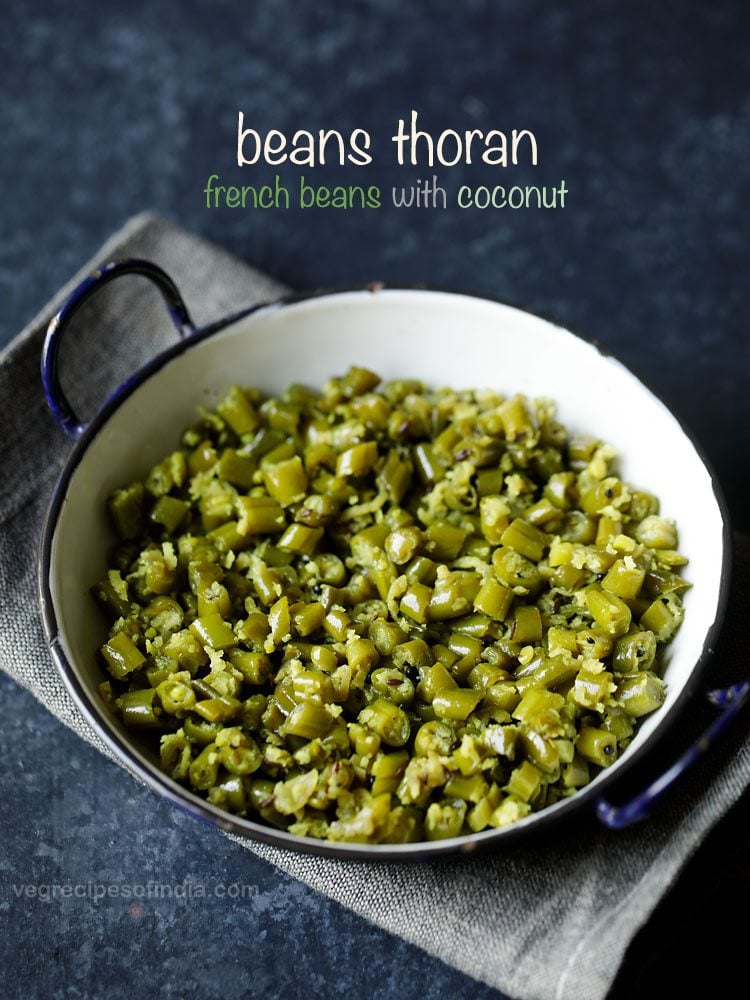
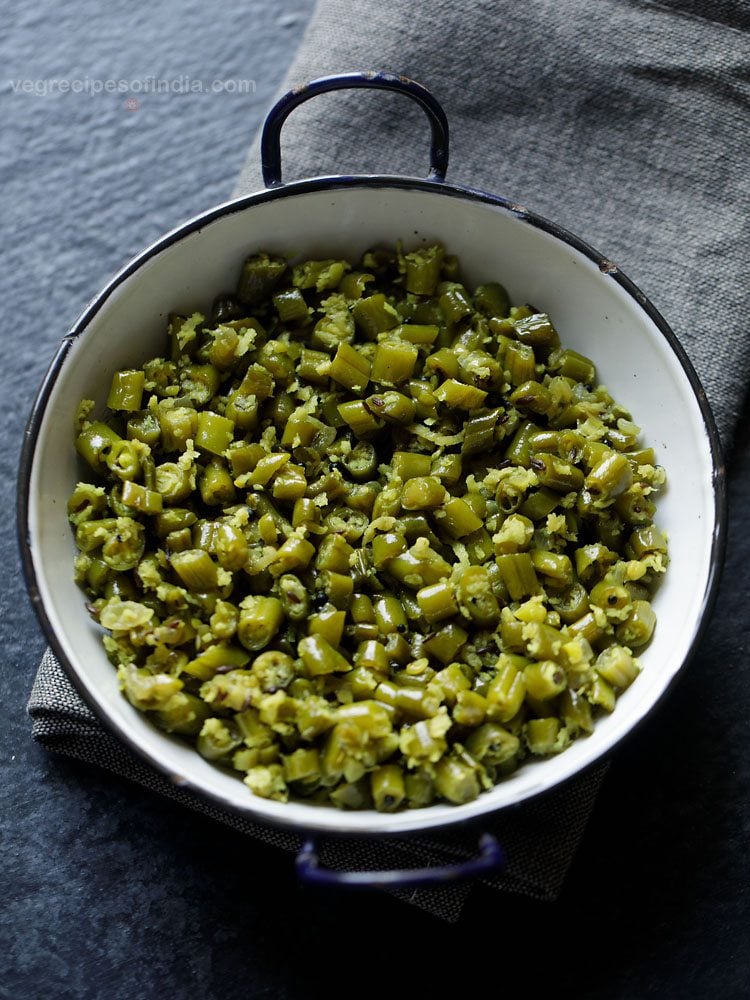
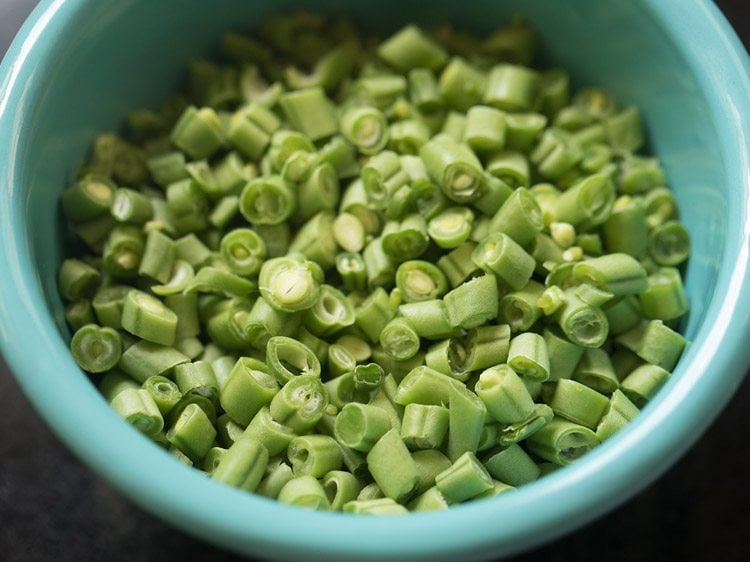
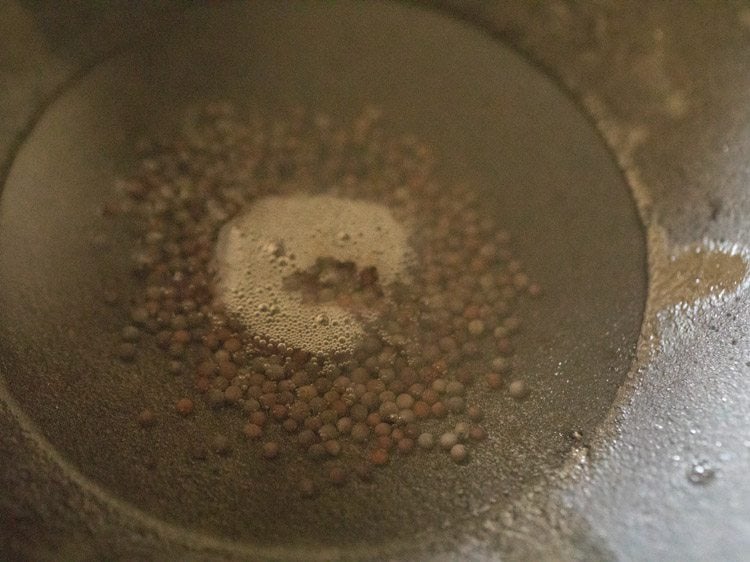
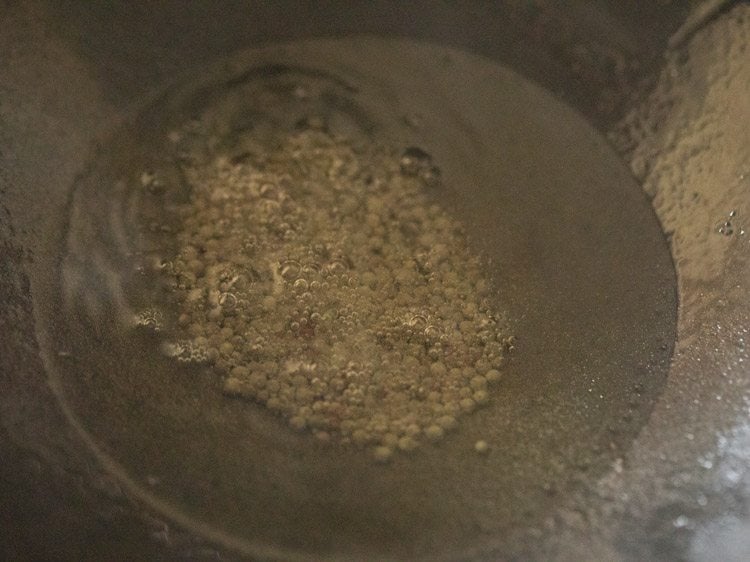
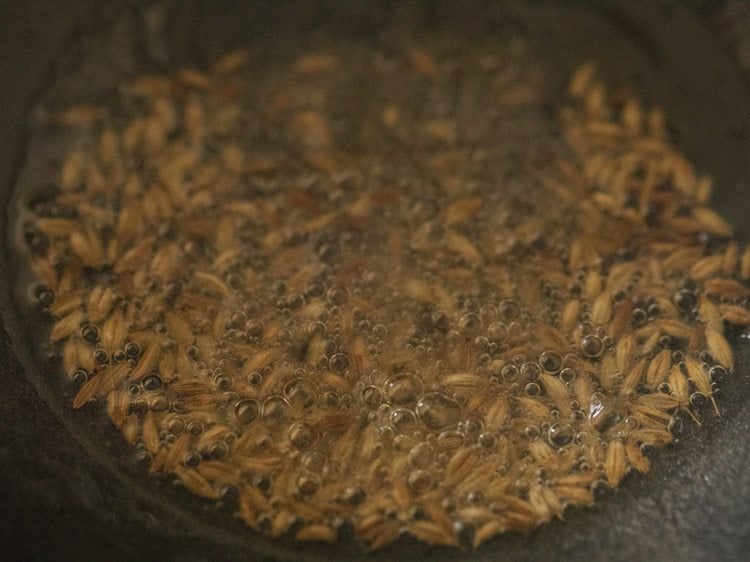
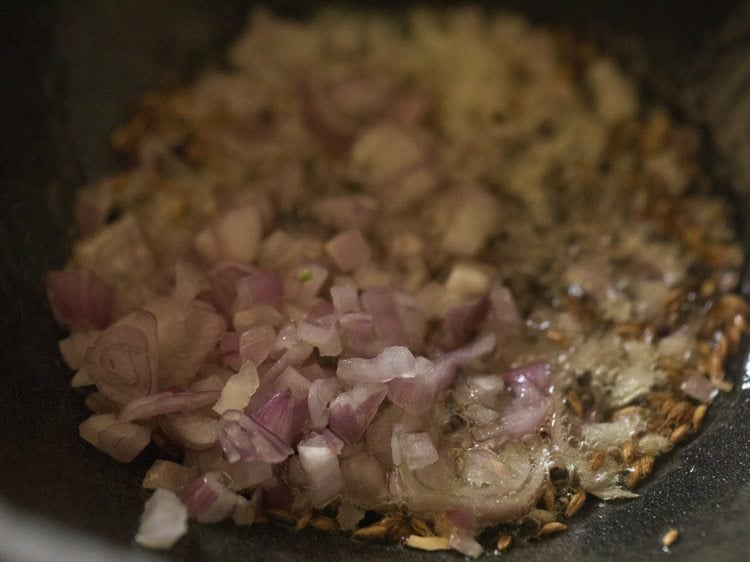
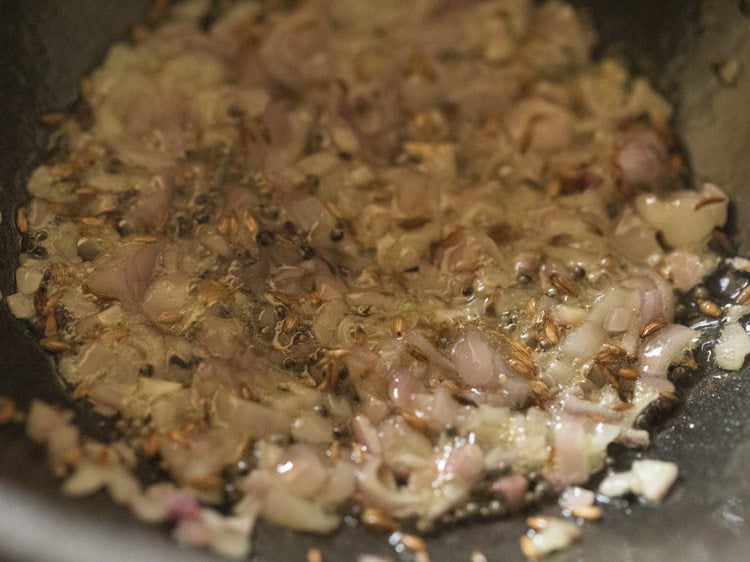
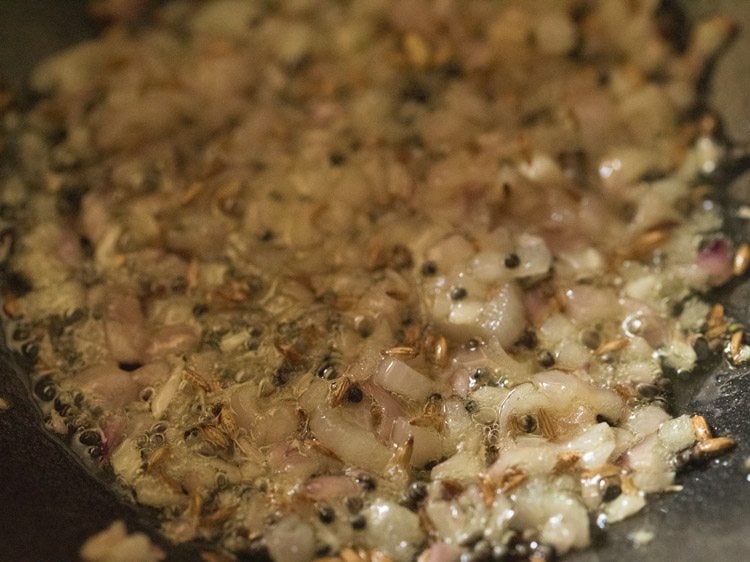
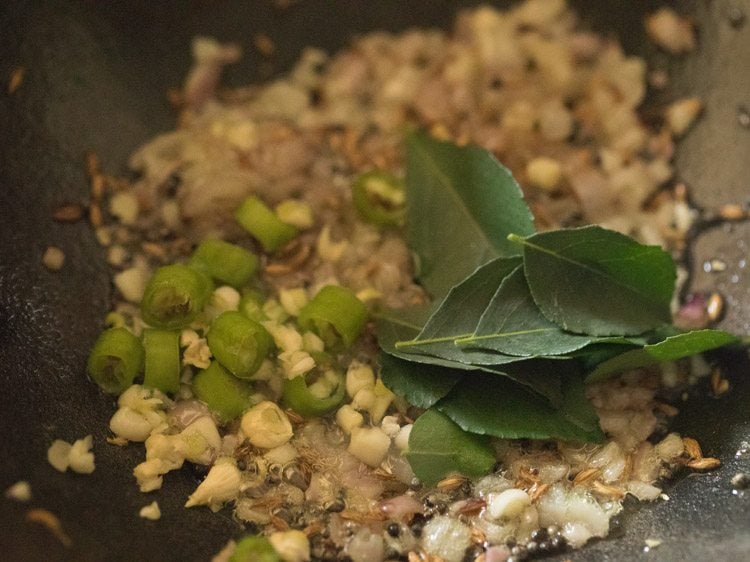
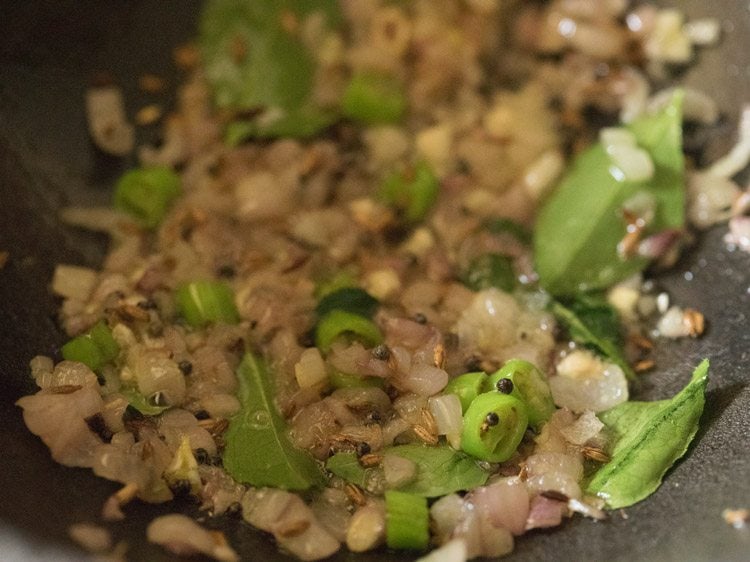
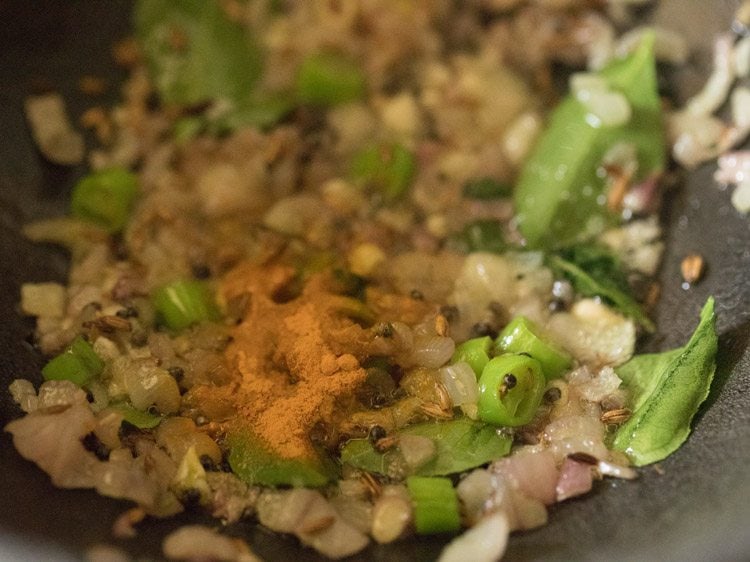

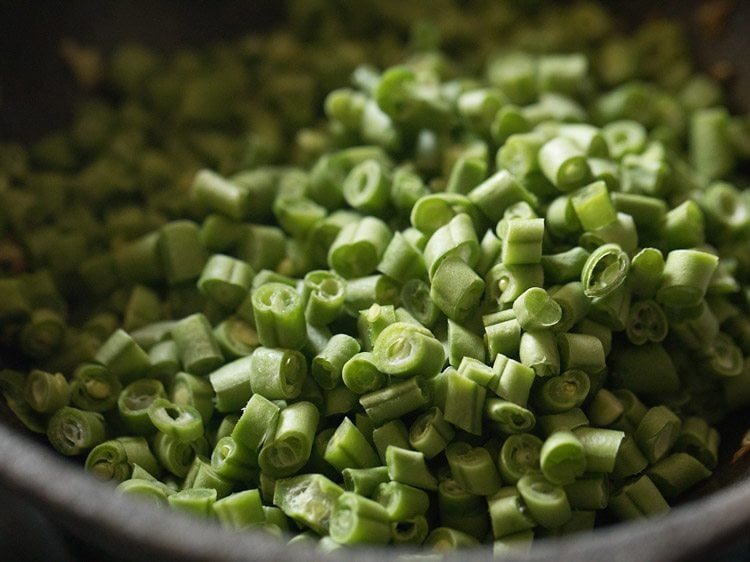
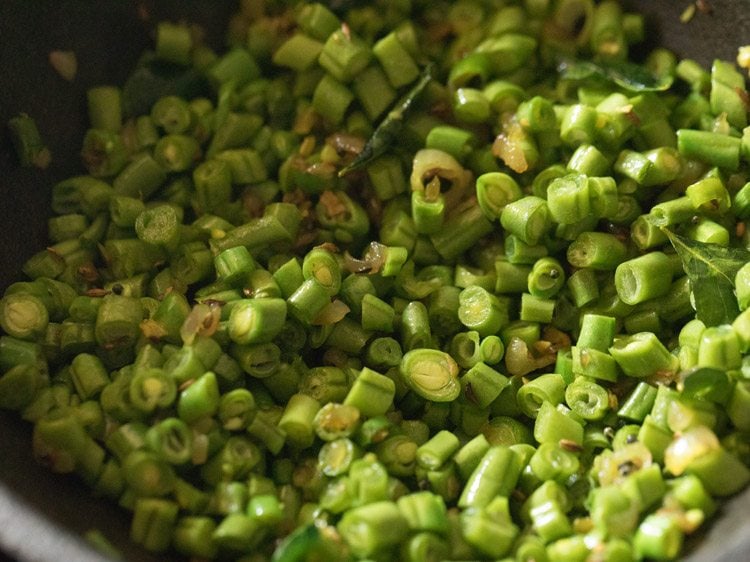
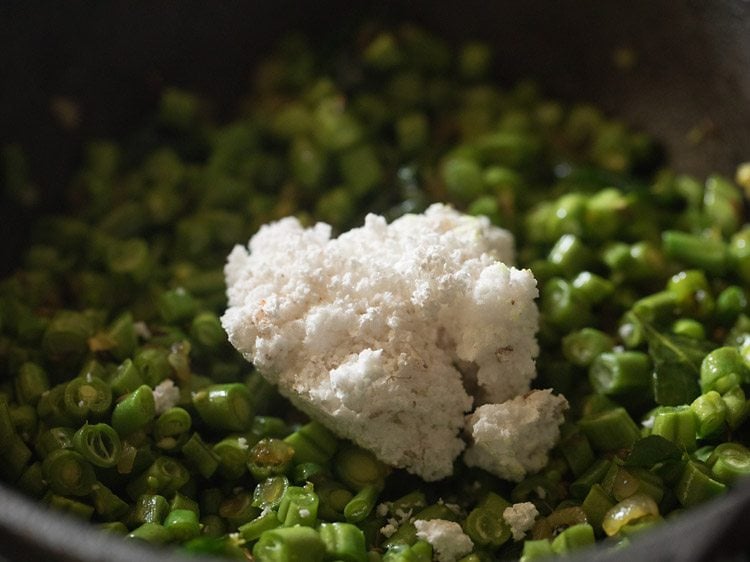
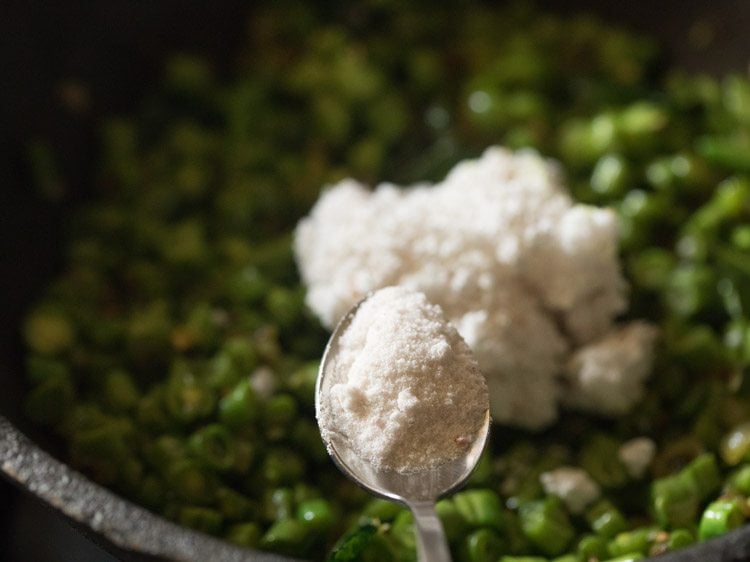
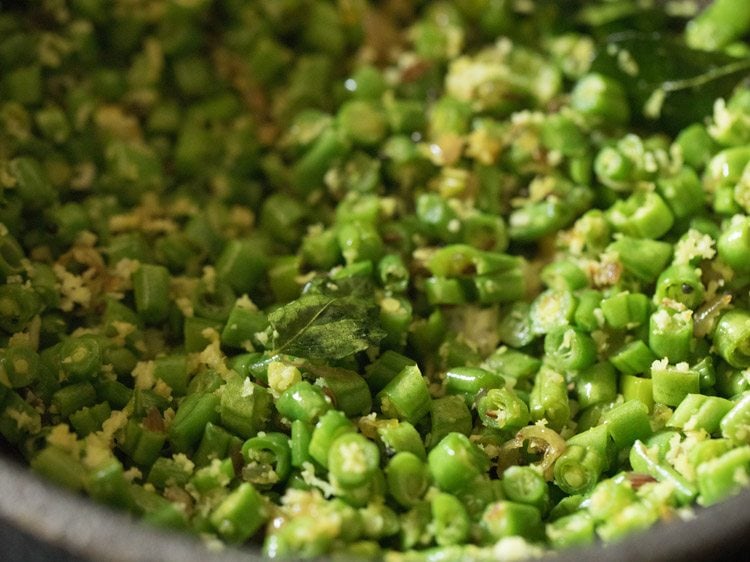
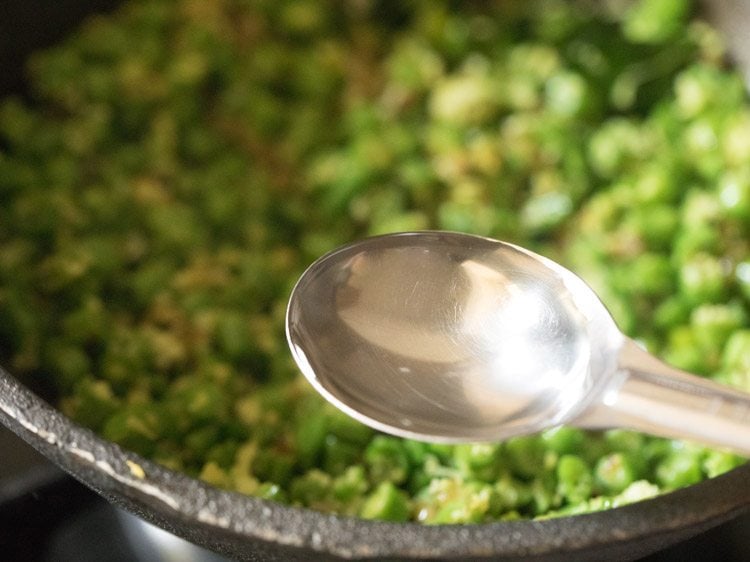
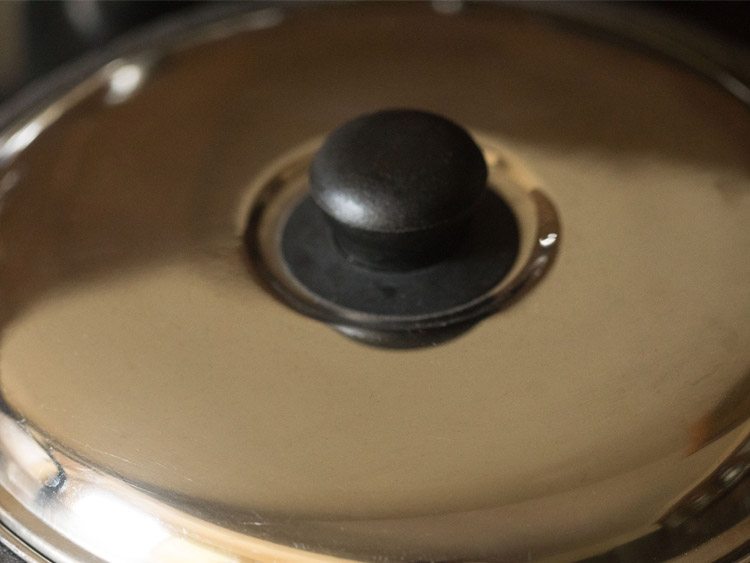
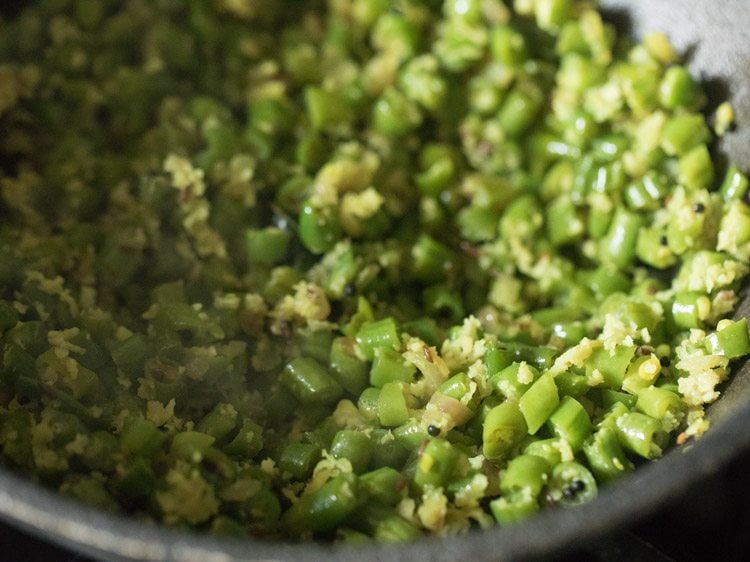
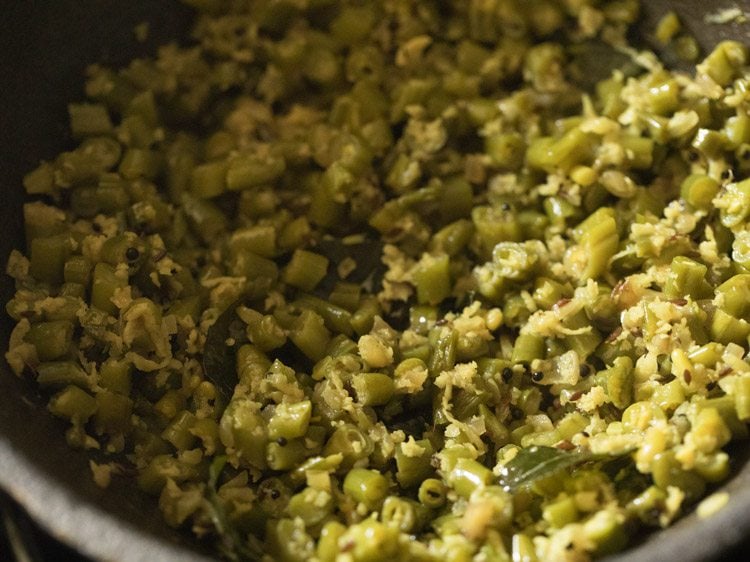
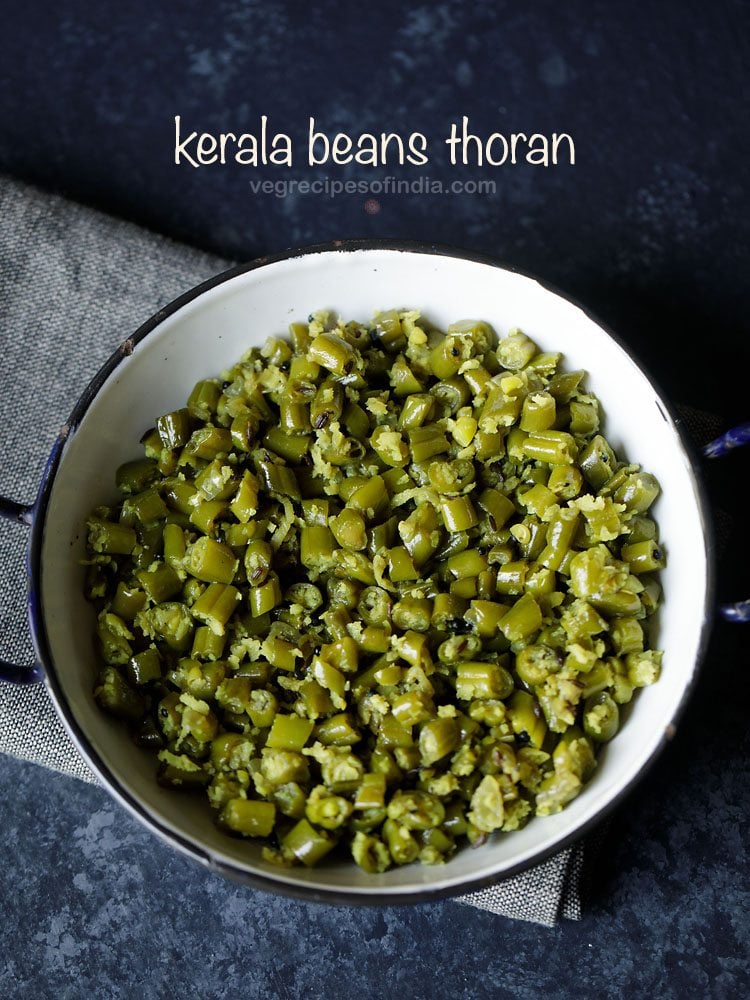
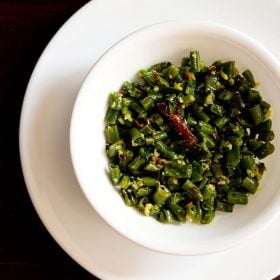
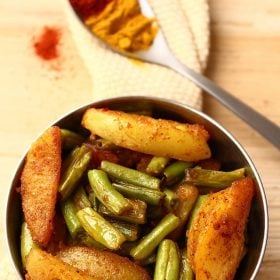
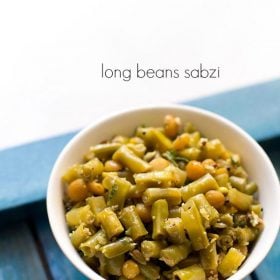

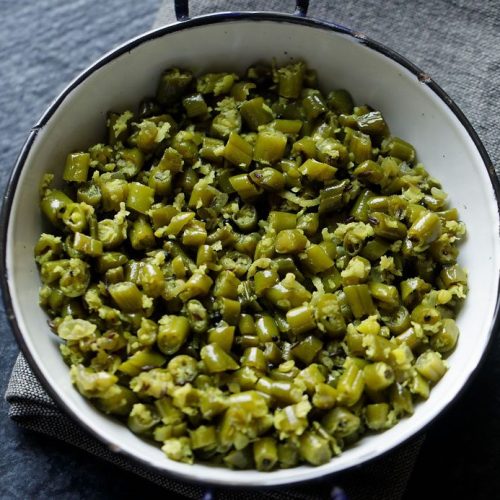
title: “Beans Thoran Recipe " ShowToc: true date: “2024-09-19” author: “William Silver”
About Thoran
A Thoran is a traditional dry veggie recipe, a specialty from the cuisine of Kerala. These can be made with a variety of finely chopped or grated vegetables like bitter gourd, yam, carrot, cabbage, plantains, various kinds of green beans, amaranth leaves, drumsticks or drumstick leaves. The Beans Thoran is also one of them. It is also known as ‘upperi’ in some regions of South India, and other than the vegetables, the basic ingredients include shallots, fresh grated coconut, curry leaves, mustard seeds, turmeric powder, cumin seeds or cumin powder, green chilli or dried red chilli and coconut oil. There are some variations in certain thoran recipes like addition of ginger, garlic, red chili powder, using onions instead of shallots, etc. In fact, we make thoran of all the vegetables mentioned above. Thoran is one of the dishes that is served in the grand, all-vegetarian Sadya, along with other dishes. A ‘sadya’ is a mighty feast where a vegetarian meal comprising of various dishes is served on a plantain/banana leaf. This is common during the festival of Onam in Kerala. Just like this Beetroot Thoran, any other thoran is also primarily vegan too. Since the spices used in a typical thoran preparation are subtle and the dish is simple, yet flavorful, it is also considered as hearty comfort food. Some of the thoran recipes I have shared are Beetroot Thoran, Cabbage Thoran, Ash Gourd Thoran and Vellarikka Thoran.
About Beans Thoran Recipe
For this recipe of Beans Thoran, I mostly tend to use the pearl onions or sambar onions. I love how this tiny variety of onions brings a distinct flavor in a dish. These are usually milder and even sweeter as compared to the larger red onions. Thus, work really well in this thoran preparation. Other ingredients for this Beans Thoran include garlic, green chilies, curry leaves, whole spices like mustard seeds and cumin seeds and turmeric powder. You can spike up the dish for more spice by adding more number of green chilies in it. As I also mentioned earlier, this dish is quite incomplete without the coconut in it. Be it the coconut oil, which is used as the cooking fat or the fresh grated coconut that adds a lovely texture and flavor profile in the dish. While making this Beans Thoran or any other thoran, it is definitely a must to use coconut oil to get the real authentic taste. If you use any other oil, then the classic flavor will be missing. I often make both thoran and poriyals as a vegetable side dish to go with South Indian meals. This Beans Thoran can also be eaten just with some steamed rice or served as an accompaniment with sambar rice or rasam rice combinations. Thoran is also an important side dish in the all-vegetarian Onam feast of ‘sadya’ in Kerala. I follow a simple and easy method while making the Beans Thoran. Thus, the recipe is easy and takes less time and preparation.
How to make Beans Thoran
Prep Beans and Sauté Spices
- Firstly, rinse 250 grams French beans a couple of times in water. Then, drain all the water. Chop the beans finely. Discard the top and the end portions of the beans while chopping. You will need about 1.5 to 1.75 cups finely chopped beans.
- Heat 1 tablespoon coconut oil in a heavy pan or kadai. Add ½ teaspoon mustard seeds on low heat.
- Let the mustard seeds crackle.
- Next, add ½ teaspoon cumin seeds and let them crackle.
- Add 6 to 7 chopped pearl onions (sambar onions) or shallots. You can also use ¼ to ⅓ cup finely chopped onions instead.
- Mix well and begin to sauté onions on low heat.
- Sauté onions till translucent. Do not brown them.
- Then, add 3 to 4 small to medium finely chopped garlic cloves, 1 chopped green chili and 10 to 11 curry leaves.
- Mix well.
- Add ¼ teaspoon turmeric powder. Omit adding turmeric powder, if you do not prefer.
- Mix again.
Make Beans Thoran
- Now, add the finely chopped beans.
- Stir and mix well.
- Add ½ cup grated fresh coconut.
- Season with salt as per taste.
- Mix very well.
- Add about 4 tablespoons water and stir.
- Cover and cook on low heat.
- Check after 3 to 4 minutes. If the water has dried, sprinkle some more water. Mix well, cover and continue to cook. Overall, you can add ⅓ cup water or more as required, in parts, depending on the freshness and quality of green beans.
- Cook till the beans are completely done. If there is any water in the pan, cook without lid till all the water evaporates.
- Serve Beans Thoran with steamed rice or as a side dish in a sadya meal or Kerala main course. If you want, you can garnish with some coriander leaves.
Expert Tips
Please be sure to rate the recipe in the recipe card or leave a comment below if you have made it. For more vegetarian inspirations, Sign Up for my emails or follow me on Instagram, Youtube, Facebook, Pinterest or Twitter. Beans Poriyal Recipe (Green Beans with Coconut) Beans Recipe (Aloo Beans) Barbati ki Sabji | Long Beans Recipe Edamame Recipes | Salted and Spicy Edamame | Soyabean Chilli This Beans Thoran recipe from the blog archives, first published in April 2018 has been republished and updated on December 2022.



























